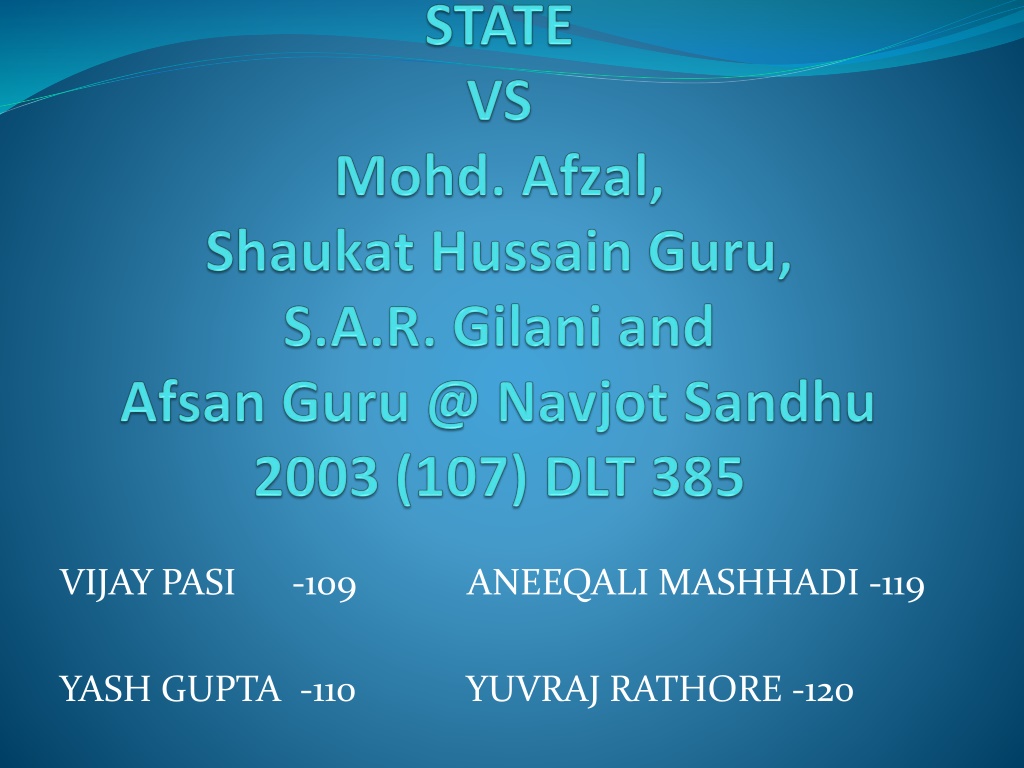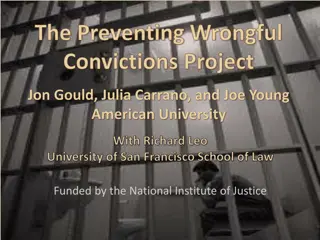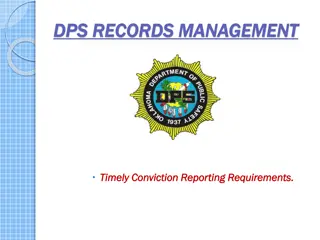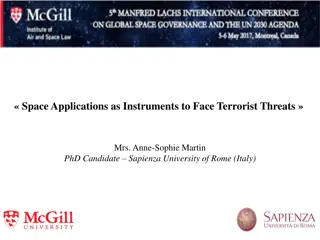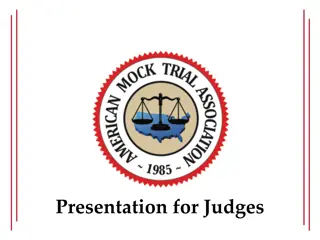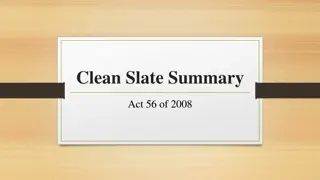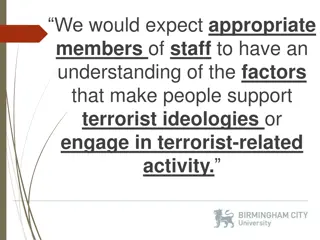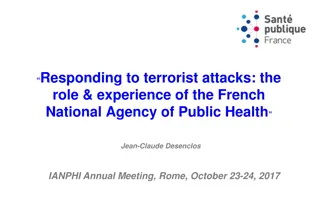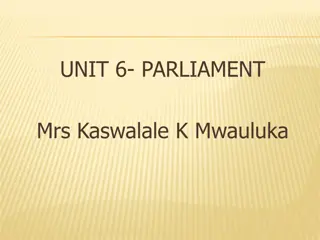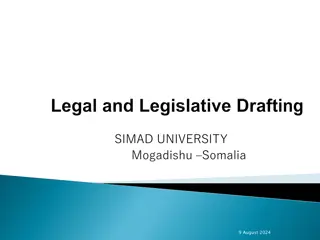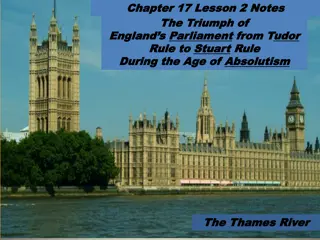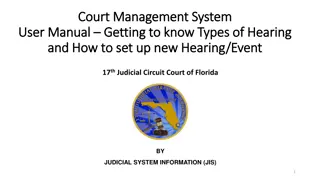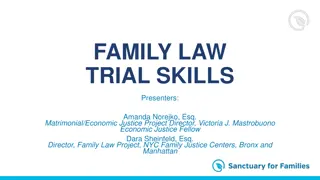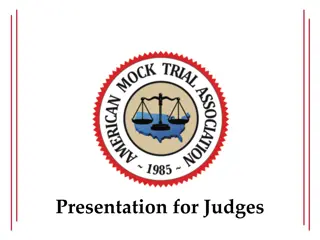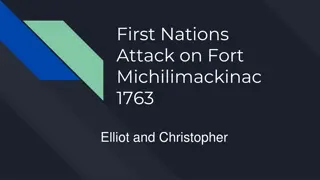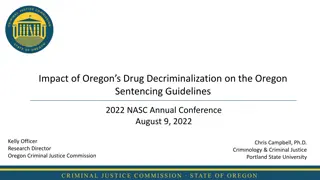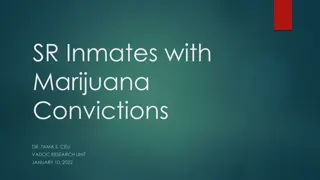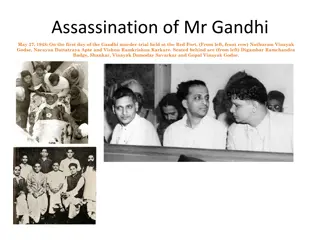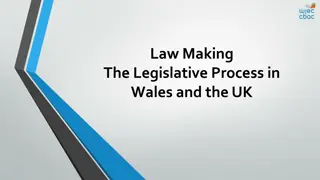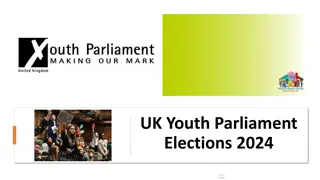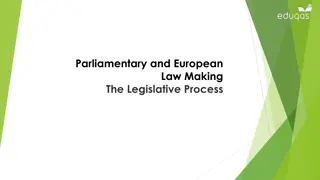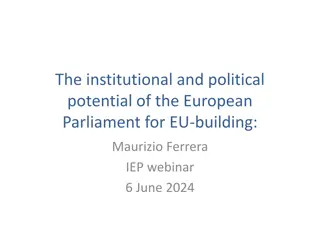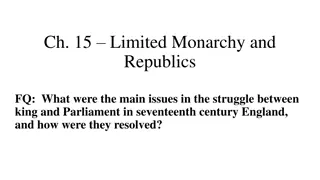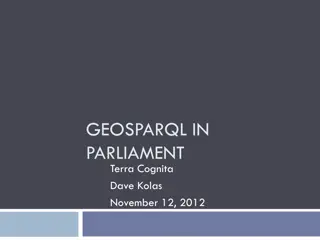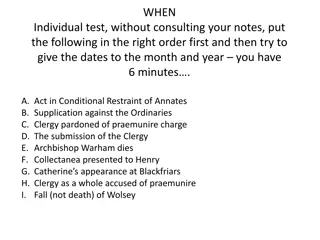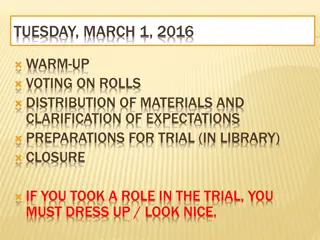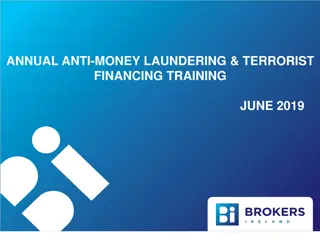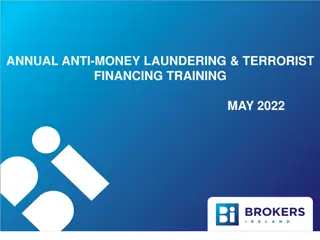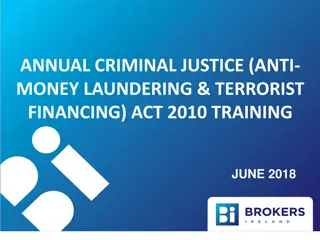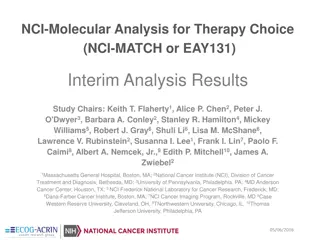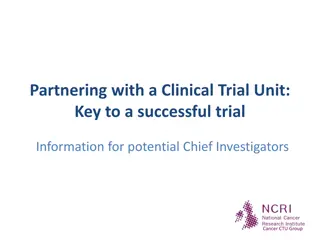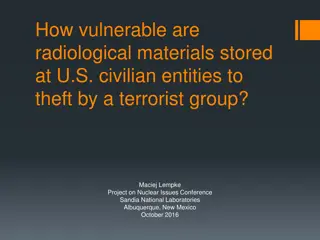Terrorist Attack on Indian Parliament: Trial and Convictions
An incident on 13th December 2001 where the Indian Parliament was attacked resulted in casualties. Five terrorists were killed, and four accused persons were linked to the conspiracy. Mohd. Afzal Guru and Shaukat Hussain Guru were involved in supplying materials and funds for the attack. Accused Navjot Sandhu was convicted under IPC Section 123 and sentenced rigorously. The other three accused received death sentences and life imprisonment for multiple charges. It was considered an act of waging war against India.
Uploaded on Oct 07, 2024 | 0 Views
Download Presentation

Please find below an Image/Link to download the presentation.
The content on the website is provided AS IS for your information and personal use only. It may not be sold, licensed, or shared on other websites without obtaining consent from the author. Download presentation by click this link. If you encounter any issues during the download, it is possible that the publisher has removed the file from their server.
E N D
Presentation Transcript
VIJAY PASI -109 ANEEQALI MASHHADI -119 YASH GUPTA -110 YUVRAJ RATHORE -120
Date of Incident: 13thDecember, 2001 11:35 A.M. to 11:40 A.M. Acts used: TADA (Terrorist and Disruptive Activities Act) POTA (Prevention of Terrorism Act), 2002 Explosive Substances Act, 1908 Indian Penal Code, 1860 Code of Criminal Procedure, 1973 Arms Act, 1959
BRIEF FACTS : Indian Parliament House was attacked . 8 Security Personnels and a Gardener died and 16 injured. All the 5 Terrorists namely Hamja, Raja, Rana, Mohammed and Hayder were shot dead.
They used fake identity cards and sticker of Home Ministry on an Ambassador Car with a Red Beacon. The terrorists carried automatic detonators, They carried tiffin bombs, AK47 rifles, grenades pistols and grenade launchers. Even the car which they drove was also to be used as a car bomb. All the 5 Gunmen (Terrorists ) were killed in the crossfire.
Now the case is on : Accused No.1: Mohd. Afzal Guru Accused No.2: Shaukat Hussain Guru Accused No.3: S.A.R. Gilani Accused No.4: Afsan Guru @ Navjot Sandhu These 4 accused persons were somewhere connected to the Gunmen in hatching the criminal conspiracy. The Parliament was attacked when it was in session and all the Central Ministers, M.P.s, Vice President of India were present in the building and Prime Minister was expected any moment. This amounts Government of India. to Waging war against
Mohd Afzal (A-1) and Shaukat Hussain Guru (A-2) were involved in arranging for the vehicles, hideouts and for active involvement in purchase of chemicals used for making bomb. After this attack they both were on run and were nabbed by the Police Officials. The Laptop and cash of about 10 Lakh was found with them which was used in purchase of articles and making fake identity cards which were used by the terrorists which were found with them. They were also involved in the smuggling of arms and ammunitions used by the Terrorists.
Accused 4, namely Navjot Sandhu a.k.a. Afsan, was acquitted of all the charges except the one under Section 123 IPC for which she was convicted and sentenced to undergo rigorous imprisonment for five years and to pay a fine. Death sentences were imposed on the other three accused for the offences under Section 302 read with Section 120B IPC and Section 3(2) of POTA. They were also sentenced to life imprisonment on as many as eight counts under the provisions of IPC, POTA and Explosive Substances Act in addition to varying amounts of fine. The amount of a million Indian rupees, which was recovered from the possession of two of the accused, namely, Afzal Guru and Shaukat Hussain, was forfeited to the State under Section 6 of the POTA.
On appeal, the high court subsequently acquitted S. A. R. Geelani and Afsan, but upheld Shaukat's and Afzal's death sentence. Geelani's acquittal blew a gaping hole in the prosecution's version of the parliament attack. He was presented as the mastermind of the entire attack. Gelani, a young lecturer at Delhi University, received support from his outraged colleagues and friends, who were certain that he had been framed. They contacted the well-known lawyer Nandita Haksar and asked her to take on his case. Afzal Guru, sentenced to death by Indian court and due to be hanged on 20 October 2006, had his execution stayed. His family had camped in New Delhi to meet the President Dr. A.P.J Abdul kalam to accept the mercy petition. The family of Kamlesh Kumari Yadav, a CRPF Jawan who died in the attack has said that they would return the Ashok Chakra, if the president accepted the petition, and on 13 December 2006, the families of the deceased returned the medals to the government. As of April 2007, the then President of India, A.P.J. Abdul Kalam, refused to interfere in the judicial process.
Afzal Guru, sentenced to death by Indian court and due to be hanged on 20 October 2006, had his execution stayed. His family had camped in New Delhi to meet the President Dr. A.P.J Abdul kalam to accept the mercy petition. The family of Kamlesh Kumari Yadav, a CRPF Jawan who died in the attack has said that they would return the Ashok Chakra, if the president accepted the petition, and on 13 December 2006, the families of the deceased returned the medals to the government. As of April 2007, the then President of India, A.P.J. Abdul Kalam, refused to interfere in the judicial process.
The sentence was scheduled to be carried out on 20 October 2006, but Afzal was given a stay of execution and remained on death row. On 3 February 2013, his mercy petition was rejected by the current President of India Pranab Mukherjee. He was hanged at Delhi's Tihar Jail around 08:00 A.M. on 9 February 2013, and buried in Tihar jail with full religious rites.
